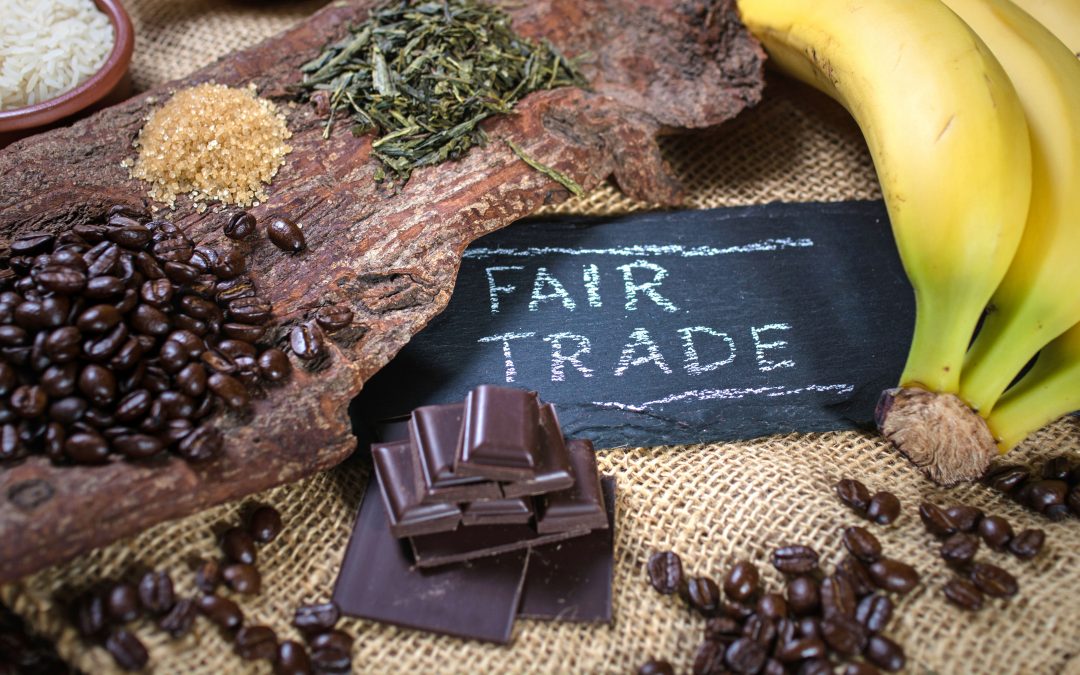The fair trade paradox: Competition helps reach more consumers but reduces farmer benefits
A new University of Florida study explores a paradox at the heart of the fair trade movement: competition between certification organizations can help bring fair trade products into the mainstream, but it may also weaken standards and reduce the benefits that reach farmers.
Walking down the aisles of your local grocery store, you’ve likely noticed products labeled “fair trade” alongside other product options. These certified items, from coffee and chocolate to bananas and tea, come with a promise: the farmers who grew these products received fair wages, worked in safe conditions and followed environmentally sustainable practices.
The idea behind fair trade is simple yet powerful. By choosing fair trade products, consumers can directly support farming communities in developing countries, helping lift producers out of poverty while promoting sustainable agriculture.
But a new study from the University of Florida explores a paradox at the heart of the fair trade movement: competition between certification organizations can help bring fair trade products into the mainstream, but it may also weaken standards and reduce the benefits that reach farmers.

Information Systems and Operations Management Ph.D. student Daehoon Jung.
In the study, UF Warrington College of Business Ph.D. student Daehoon Jung analyzed the dynamics between Fairtrade America and Fair Trade USA, the two dominant certifiers in the U.S. market. While both share the mission of lifting farmers out of poverty, they employ contrasting strategies. Fairtrade America upholds stricter certification rules, while Fair Trade USA lowers barriers to participation, aiming to expand access for companies and consumers.
“Both Fairtrade America and Fair Trade USA were originally part of a single organization overseeing the fair trade campaign in the U.S.,” said Jung. “But their contrasting philosophies eventually led to a split, leaving the two organizations competing against each other.”
The study’s findings highlight a trade-off. Competition between the two certifiers increases the production and sale of fair trade products, giving more consumers the opportunity to support ethical sourcing. At the same time, however, the unit premium embedded in each fair trade product decreases—meaning that while more farmers participate, each receives less financial benefit on average. This dynamic, the authors argue, embodies both “mainstreaming” and “fairwashing” effects of competition.
“Competition is typically seen as a force that drives efficiency and consumer choice,” Jung explained. “But in the case of fair trade, it can also erode standards and reduce the income that poor farmers depend on.”
The research also highlights potential solutions. One promising avenue is the use of blockchain technology, which would allow consumers to make direct contributions to farmers, bypassing some of the distortions caused by organizational competition. According to the study, blockchain-enabled donations could offset the reduction in premiums and even leave farmers better off under competitive conditions.
The findings carry important implications for both policy and practice. Fair trade organizations must balance the goal of expanding consumer access with the need to preserve rigorous standards and protect farmer welfare. The study suggests that technology could play a role in reconciling these competing objectives.
“This work underscores that fair trade must place farmers at the center,” the researchers conclude. “Our results point to the need for innovative strategies to ensure that growth in the fair trade market truly translates into growth in farmer livelihoods.”
This research is forthcoming in Production and Operations Management.




